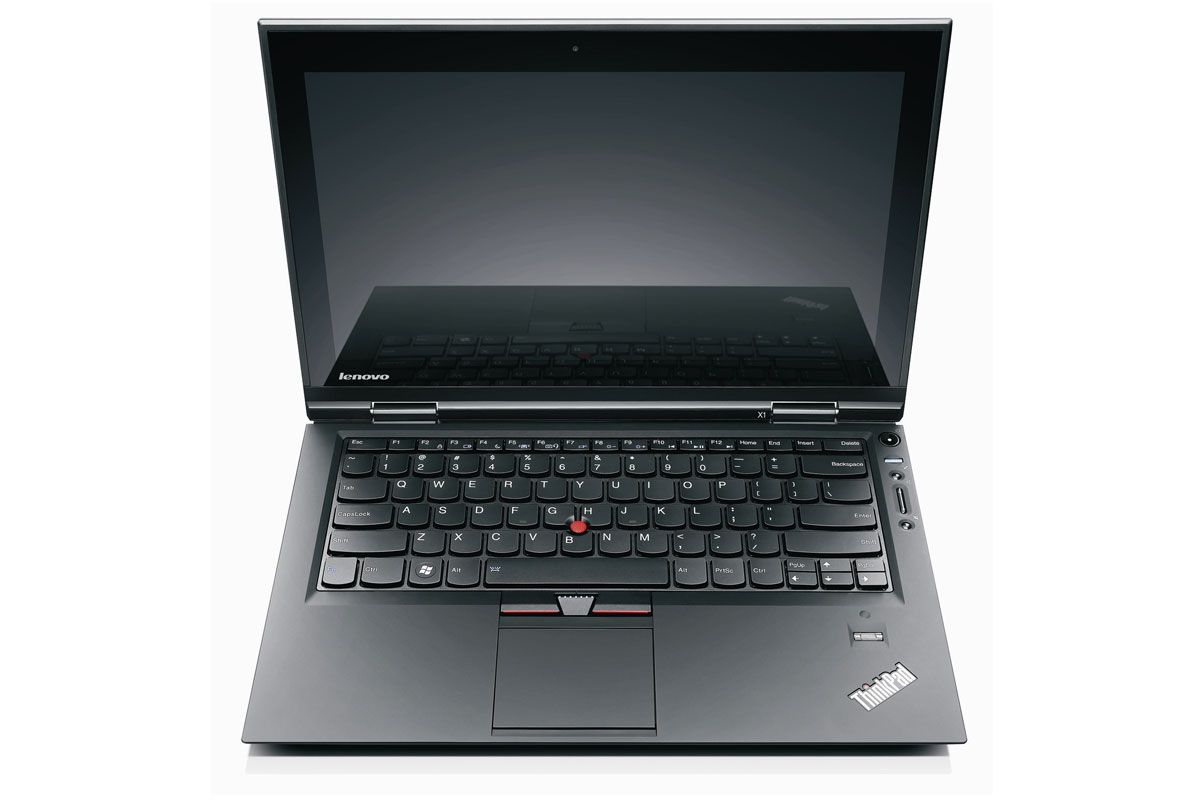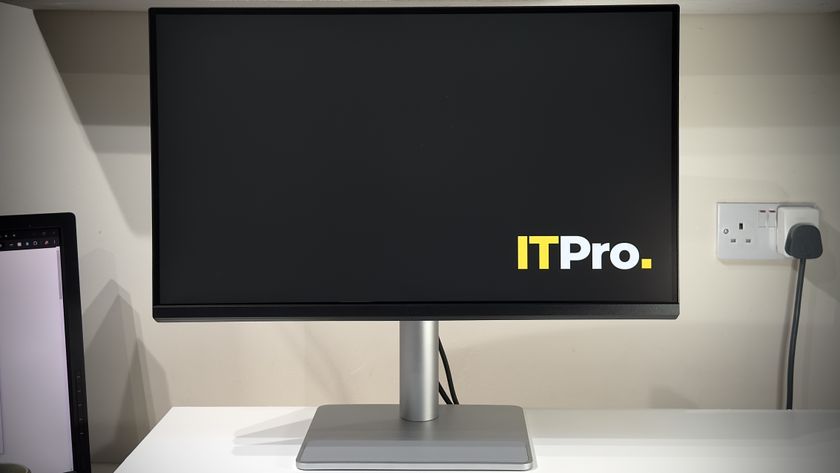Connectivity options are fairly reasonable for an ultraportable; as well as two USB ports, one of which that doubles as an eSATA port. There's also a single USB3 port which is worth having USB3 is much faster than USB2. A Mini DisplayPort next to the HDMI output is a welcome inclusion. Although some may have preferred a VGA connection, adapters are available.
A multi-format card reader and combination stereo mini-jack round off the physical ports; wireless connectivity options include Bluetooth and SIM unlocked WWAN 3G. The majority of the ports are located at the back of the laptop, which will keep cabling neat when sat at a desk, but the lack of a port replicator connector seems like an oversight for existing Lenovo laptop owners.
The keyboard itself was excellent to type on, with plenty of tactile feedback.
On top of Intel's vPro technology and a fingerprint reader, the ThinkPad X1 has plenty of other business-friendly features; the two-megapixel webcam can lock the laptop when it detects you're no longer at your desk. Lenovo's ThinkVantage software can disable unused background services in an attempt to extend battery life, but we didn't see any major improvement once it was activated. The Enhanced Experience 2.0 is supposed to speed up boot times, but it wasn't particularly quicker than any other SSD-equipped laptop we've seen.
Using the ThinkPad X1 will feel instantly familiar to existing Lenovo laptop owners, but slightly infuriating to everyone else. The main cause for this frustration is the swapped control and function keys on the full-size QWERTY keyboard; until you get used to the slightly tweaked layout, expect to make several mistakes when typing shortcuts.
In spite of this, the keyboard itself was excellent to type on, with plenty of tactile feedback through each isolated key. Understandably there's no separate number pad, but a set of helpful multimedia keys just below the power switch are a nice inclusion. The keys are also backlit for working in dark rooms.












